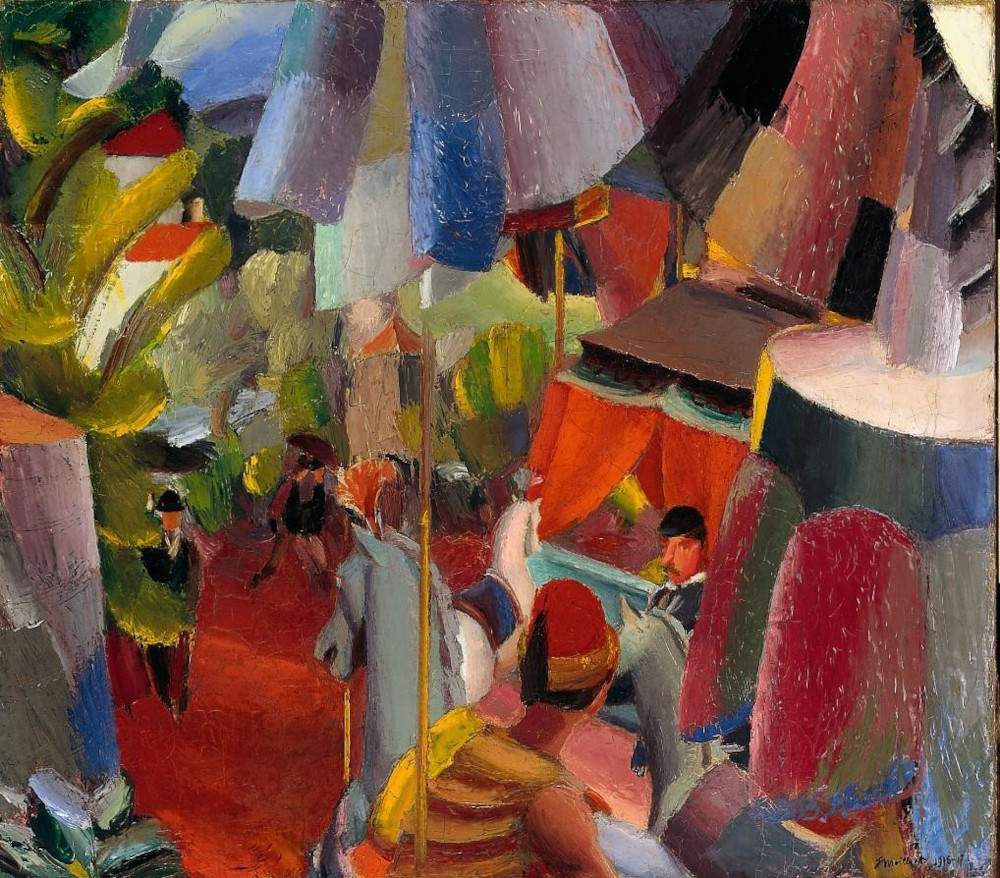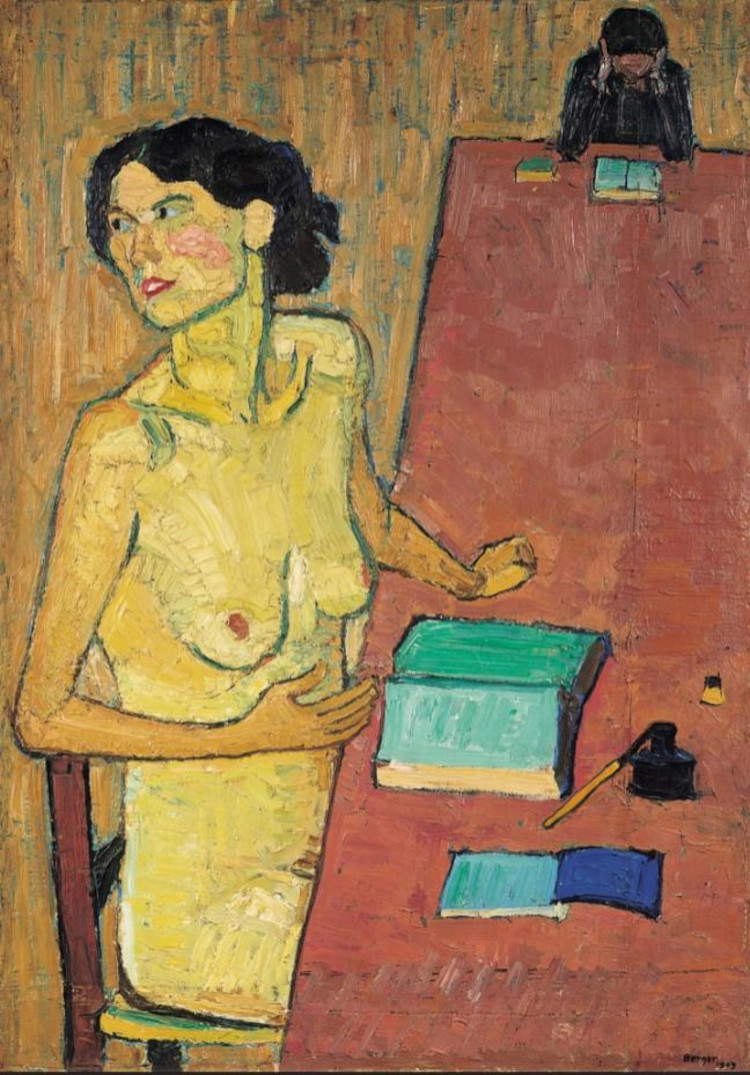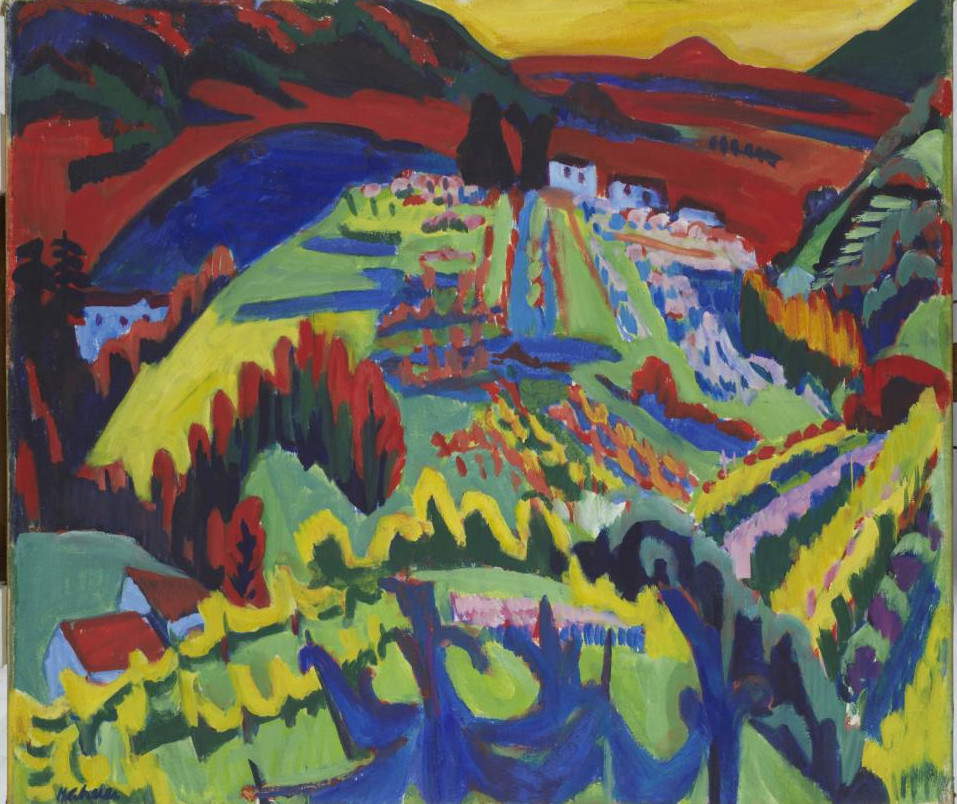MAR Aosta, for the first time in Italy an exhibition on Swiss Expressionism
Until October 23, 2022, the Regional Archaeological Museum in Aosta presents, for the first time in Italy, an exhibition dedicated toSwiss Expressionism, an extraordinary but still little-known season of 20th-century art. The exhibition entitled Swiss Expressionism. Languages of Artists from beyond the Alps is the result of a scientific collaboration with one of the most significant museums of Swiss art, the Kunst Museum in Winterthur; it is promoted by the Assessorato Beni Culturali Turismo, Sport e Commercio of the Autonomous Region Valle d’Aosta, and is curated by Daria Jorioz, Andrea Lutz and David Schmidhauser.
Thanks to important loans from the Kunst Museum in Winterthur and a number of Swiss museum and private collections, masterpieces from all over the Swiss geographical area, including both Ticino and the area of French-speaking Switzerland, little known to the general public, are on display for the first time. In the early twentieth century there were many artists of Swiss origin who found in theraw aesthetic and strong, symbolic colors characteristic of Expressionism full expression of themselves and the times in which they lived. The movement developed gradually, from its beginnings to the first half of the twentieth century, in different geographical areas of Switzerland, to the extent that it defined very different expressive approaches and stylistic tendencies that led to the definition of numerous groups of artists, for which one can speak of"Helvetic multilingualism."
While on the one hand the influence of neighboring French Fauvism was manifested in the works of the artist Cuno Amiet, forerunner of Swiss Expressionism, and in Geneva in the intense color ranges of the Le Falot group, on the other hand the German experience of Die Brücke was reflected in the Lucerne-based Der Moderne Bund and the Basel-born Rot-Blau group, which were more interested in the symbolic value of color.
TheUrsa Maggiore group, which saw the representation of theidyllic Ticino landscape, was also formed in Ascona. However, there were also many artists who followed an individual quest without joining any group and who dealt with a wide range of themes, from politics to social issues, from the suffering of war to landscape.
Some interest is also devoted to female figures such as Alice Bailly, a little-explored aspect of the 20th-century European avant-garde.
The public thus has the opportunity to admire masterpieces such as Louis Moilliet’s The Big Carousel, Hermann Scherer’s Landscape in the Mendrisiotto, and other important works with the stark strokes typical of the Expressionist season, such as Albert Muller’s Interior with Three Women, Hans Berger’s The Reader, and Alice Bailly’s Gray Spring. The major exhibition aims to bring together the extraordinary variety of stylistic trends and forms of expression associated with early 20th-century Swiss Expressionism. A unique opportunity to be able to exhibit masterpieces of one of the most significant avant-gardes of the 20th century that have never so far left Swiss territory.
Produced by Expona of Bolzano in collaboration with Contemporaea Progetti of Florence, the exhibition is accompanied by a bilingual Italian/French catalog published by Silvana Editoriale with essays by the curators.
Hours: Daily from 9 a.m. to 7 p.m.



 |
| MAR Aosta, for the first time in Italy an exhibition on Swiss Expressionism |
Warning: the translation into English of the original Italian article was created using automatic tools. We undertake to review all articles, but we do not guarantee the total absence of inaccuracies in the translation due to the program. You can find the original by clicking on the ITA button. If you find any mistake,please contact us.



























